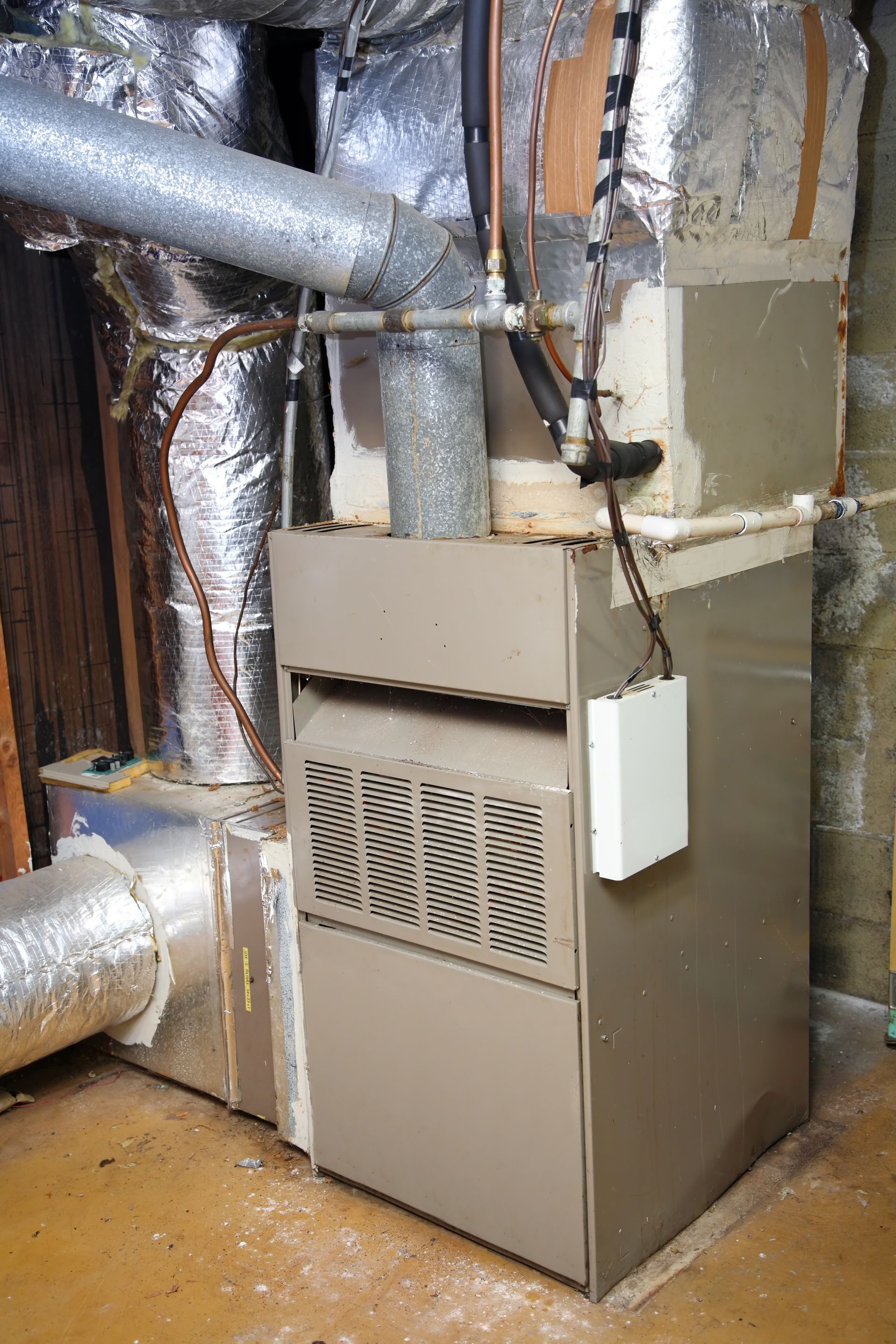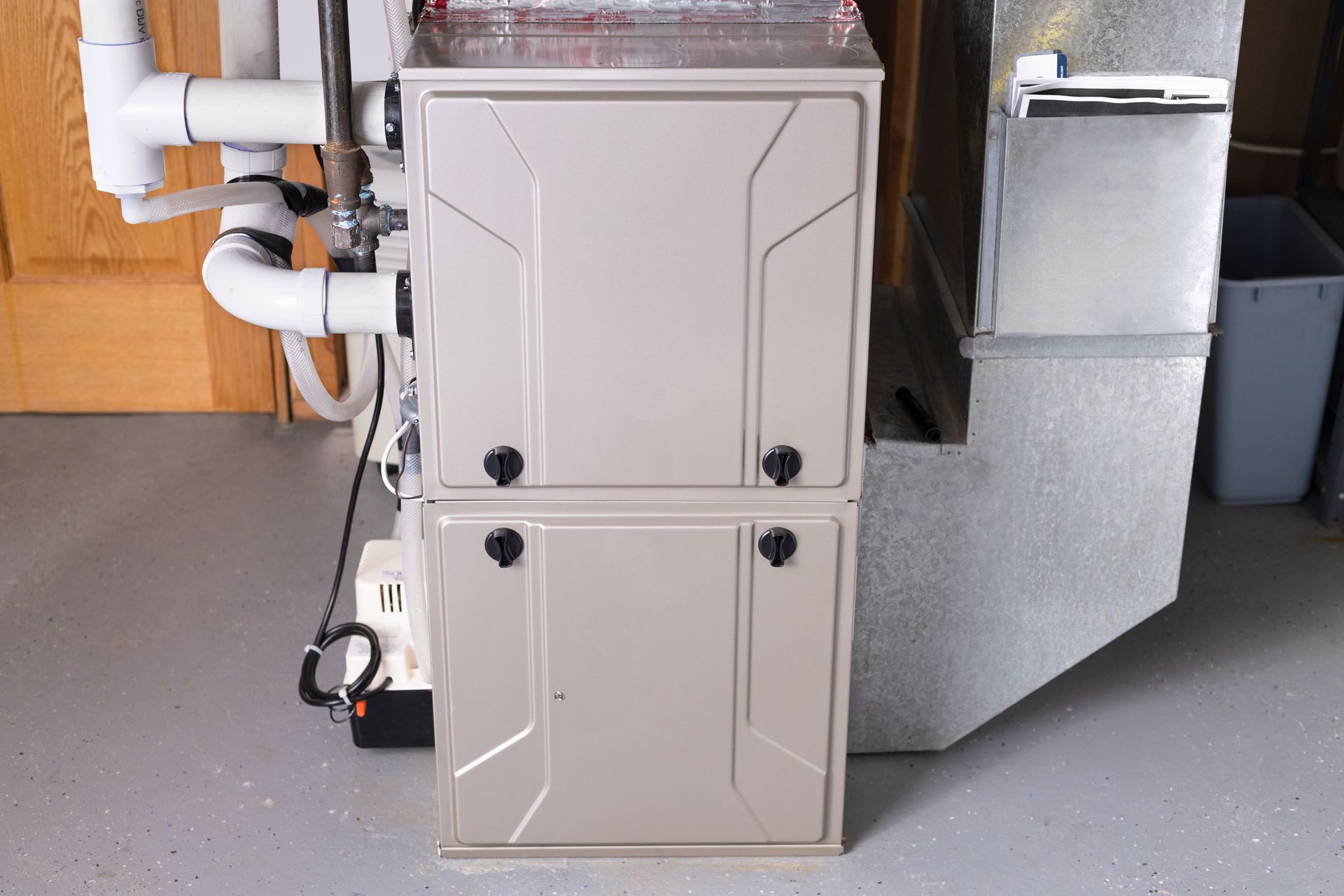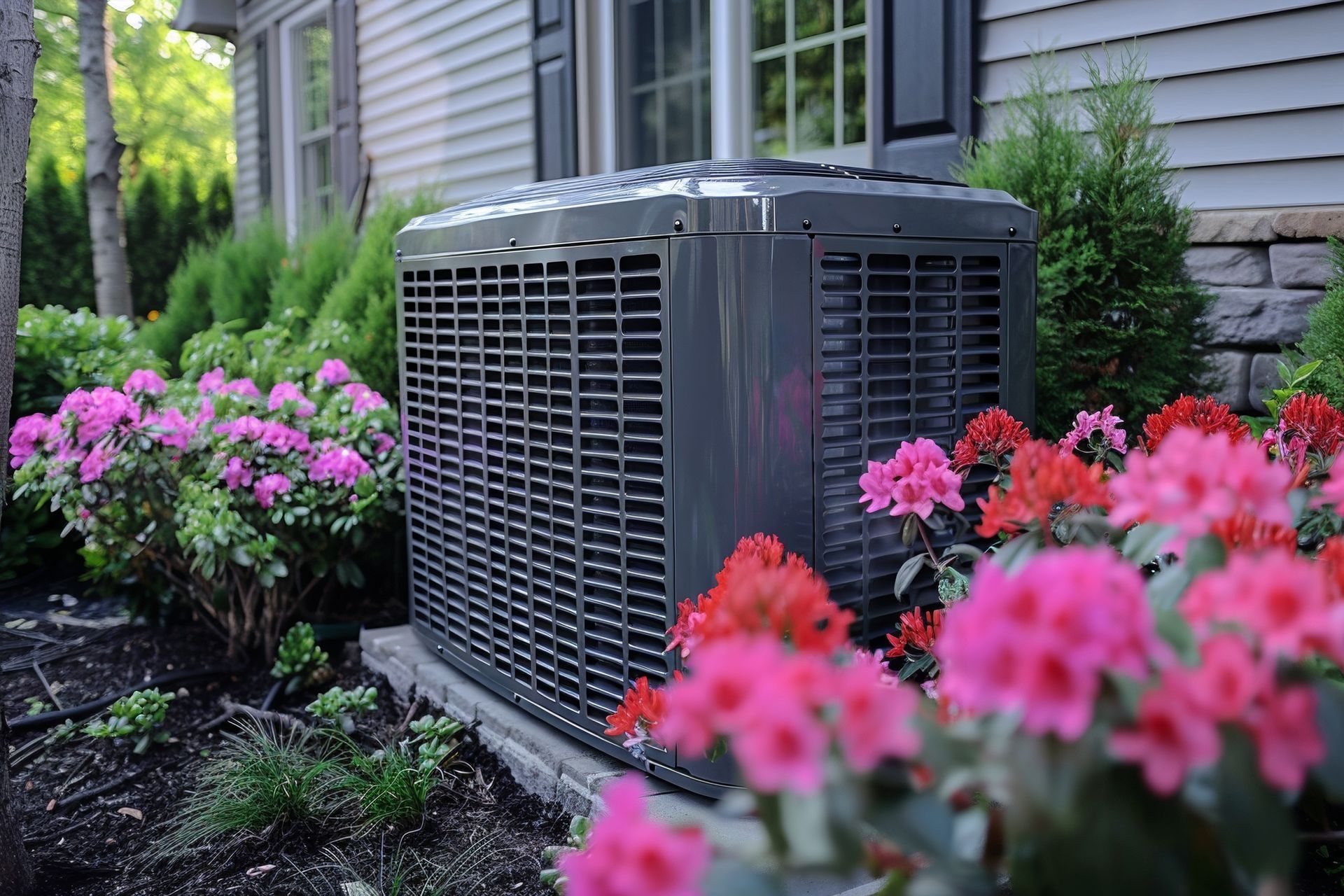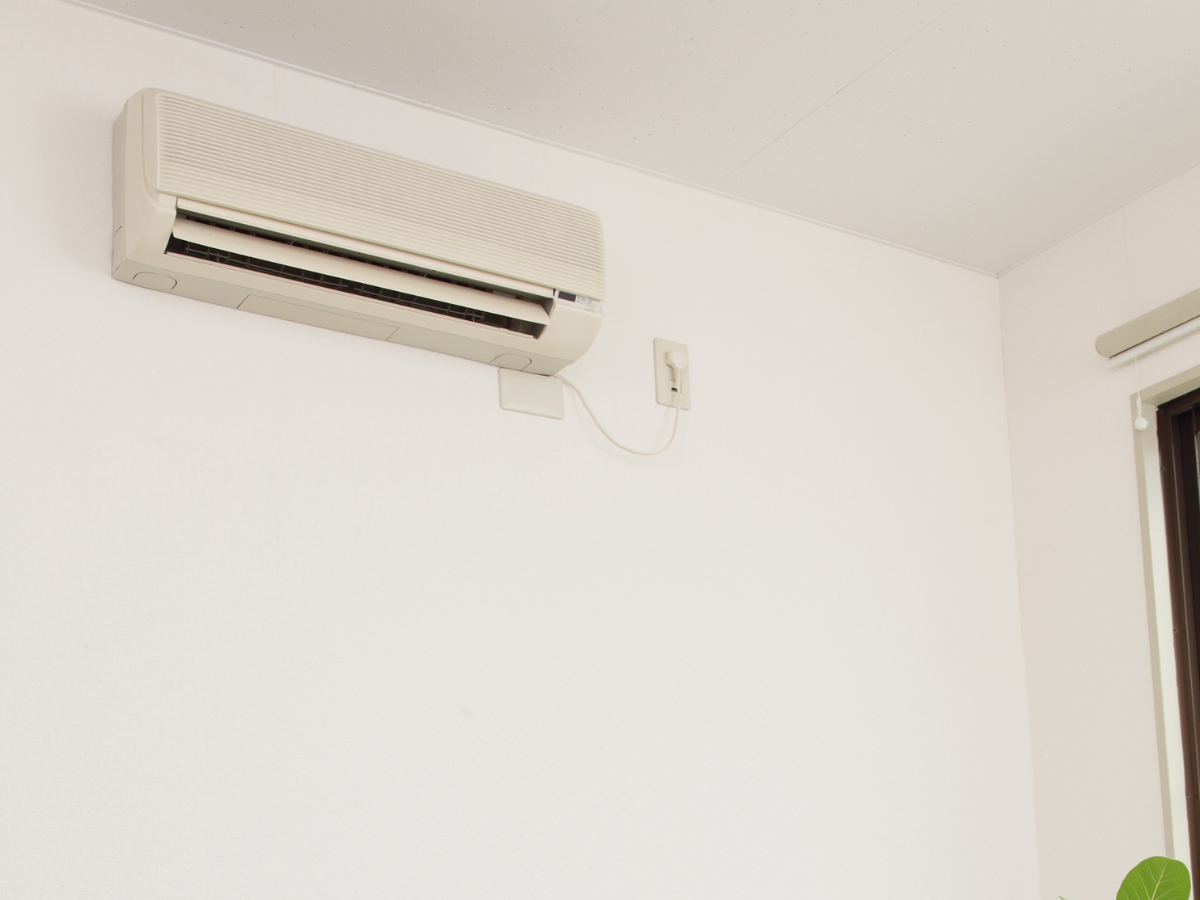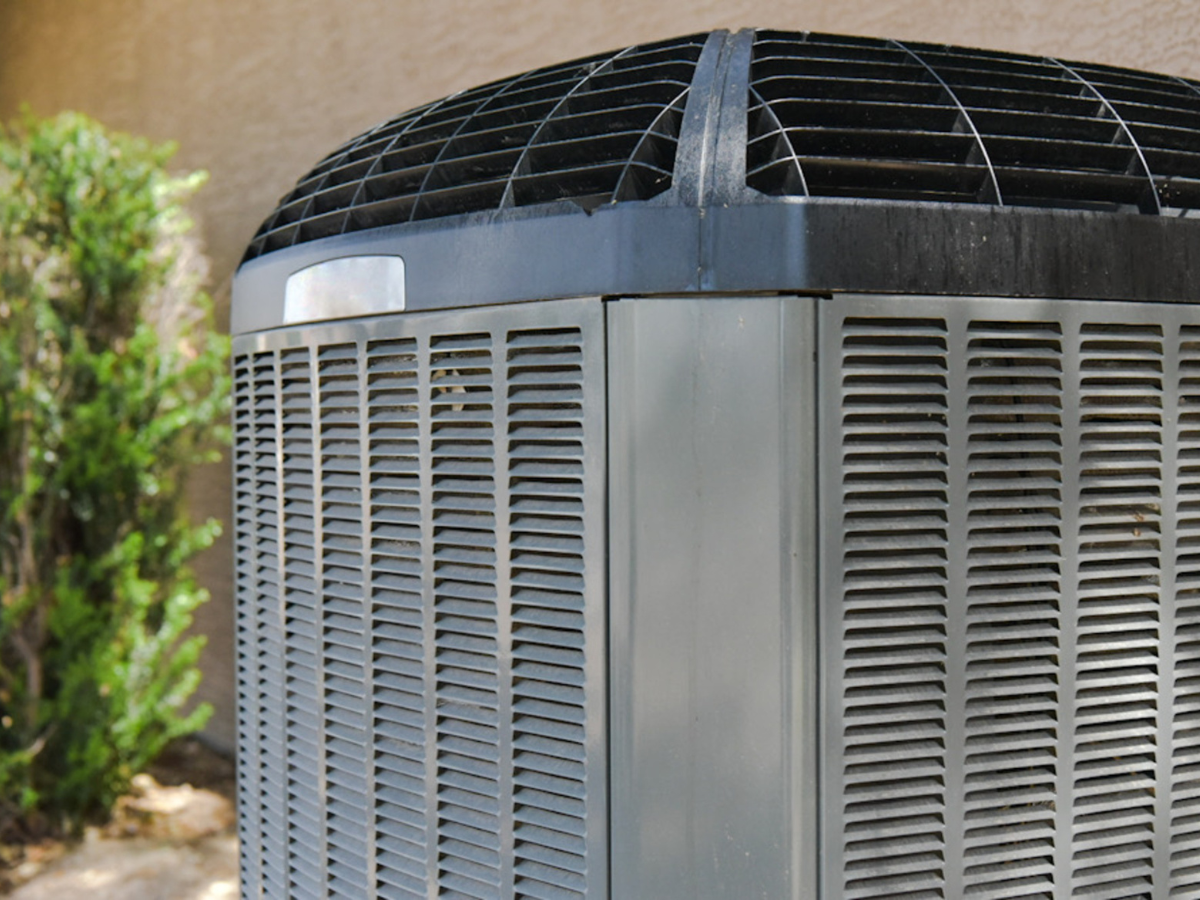How to Improve Indoor Humidity Levels in Spring
Spring is a time of renewal, with flowers blooming and trees budding after a long winter. But with the beauty of spring comes a challenge for many homeowners: managing indoor humidity levels. High humidity in your home can lead to a host of problems, from discomfort to mold growth. Understanding and controlling the humidity levels in your house is crucial for maintaining a healthy indoor environment. In this guide, we'll walk you through everything you need to know about indoor humidity control.
Photo By: Sensitive Choice
Understanding Humidity Levels
Humidity refers to the amount of water vapor present in the air. When you hear about high humidity, it's essentially talking about air that's saturated with moisture. But what is considered high humidity? Generally, humidity levels above 60% are deemed high and can lead to issues like mold growth and dust mites.
What Should Humidity Be Inside the House?
The optimal indoor humidity levels should be between 30% and 50%. This range is comfortable for most people and helps prevent the growth of mold and mildew. Keeping humidity within this range also protects your home and belongings from moisture damage.
Why Indoor Air Quality Matters
Indoor air quality is a critical aspect of a healthy home environment. Poor air quality can aggravate allergies, asthma, and other respiratory conditions. Maintaining the right humidity levels is an integral part of preserving good indoor air quality.
Effects of High Humidity
High humidity can make your home feel warmer than it actually is, leading to increased discomfort. It can also cause:
- Mold and mildew growth on walls, ceilings, and furniture
- Increased dust mite populations
- Musty odors
- Warping or damage to wood furniture and flooring
High humidity, or what is considered high humidity, can lead to various discomforts and health issues.
Tools for Measuring Humidity
To manage humidity effectively, you need to measure it accurately. Several tools can help you keep track of your home's humidity levels:
- Hygrometer: A device that measures the amount of humidity in the air. It's an essential tool for anyone looking to manage indoor humidity.
- Indoor Air Quality Testing Kit: An indoor air quality testing kit is an essential tool for assessing various air quality factors, including humidity, temperature, and pollutants. By using this kit, homeowners can gain a comprehensive understanding of their indoor air quality and make informed decisions on improvements.
Strategies to Improve Indoor Humidity Levels
Improving indoor humidity is not just about making your home more comfortable; it's also about protecting your health and property. Here are some effective strategies for managing humidity levels in the spring:
Use a Dehumidifier
Dehumidifiers are devices specifically designed to remove excess moisture from the air. They can be particularly useful in areas of your home that are prone to high humidity, such as basements and bathrooms.
Ventilation
Good ventilation is key to controlling indoor humidity. Ensure that your home has proper ventilation, especially in areas like the kitchen and bathroom where moisture is generated. Use exhaust fans to remove humid air and replace it with drier air from outside.
Mini Split Systems
Mini split systems can be an effective solution for controlling humidity. These systems allow you to control the temperature and humidity level in individual rooms, providing more precise control over your indoor environment. They are also energy-efficient and can help reduce your overall energy bills.
HVAC Maintenance
Regular maintenance of your HVAC system is crucial for managing indoor humidity. A well-maintained system can better regulate both temperature and humidity levels. Be sure to clean and replace filters regularly and have your system inspected by a professional at least once a year.
Natural Ways to Reduce Humidity
If you prefer a more natural approach to managing humidity, consider these options:
Houseplants
Certain houseplants can help absorb moisture from the air. Plants like Boston ferns, peace lilies, and spider plants can contribute to reducing humidity levels indoors.
Open Windows
Whenever the weather allows, open your windows to let fresh air circulate through your home. This can help reduce humidity levels naturally and improve overall air quality.
Use Desiccants
Desiccants are materials that absorb moisture from the air. You can use products like silica gel or activated charcoal to help reduce humidity in small areas.
Photo By: GoodRX
Monitoring and Adjusting
Once you've implemented strategies to manage humidity, it's important to regularly monitor your indoor air quality. Use a hygrometer to keep an eye on humidity levels and adjust your strategies as needed. Remember, maintaining the right balance is key to a comfortable and healthy home.
Conclusion
At Nauman Inc., we understand that managing indoor humidity levels during spring is crucial for fostering a comfortable and healthy living environment. By being aware of what constitutes high humidity and utilizing appropriate tools and strategies, you can significantly enhance your indoor air quality and safeguard your home against moisture-related issues.
Whether you opt for advanced solutions such as mini split systems or prefer natural methods like incorporating houseplants, staying proactive in humidity control is essential. This not only enhances your comfort but also promotes the overall well-being of your household.
If you're looking for more tailored solutions to improve indoor humidity and air quality, don't hesitate to reach out to Nauman Inc. Our team of experts is ready to assist you in achieving the perfect indoor climate. Contact us today to learn about our services and how we can help maintain a healthier, more comfortable home for you and your family!
By taking these proactive steps, you not only elevate your living conditions but also contribute to a more sustainable environment. Let’s embrace the spring season with better indoor air quality and a healthier home!






